Jotform AI Agents
The Future of Customer Service
Imagine a world where you can respond instantly to any customer, anytime, anywhere.

Demo Jotform AI Agents in action
Improve user satisfaction on every channel.
Salesforce Agent
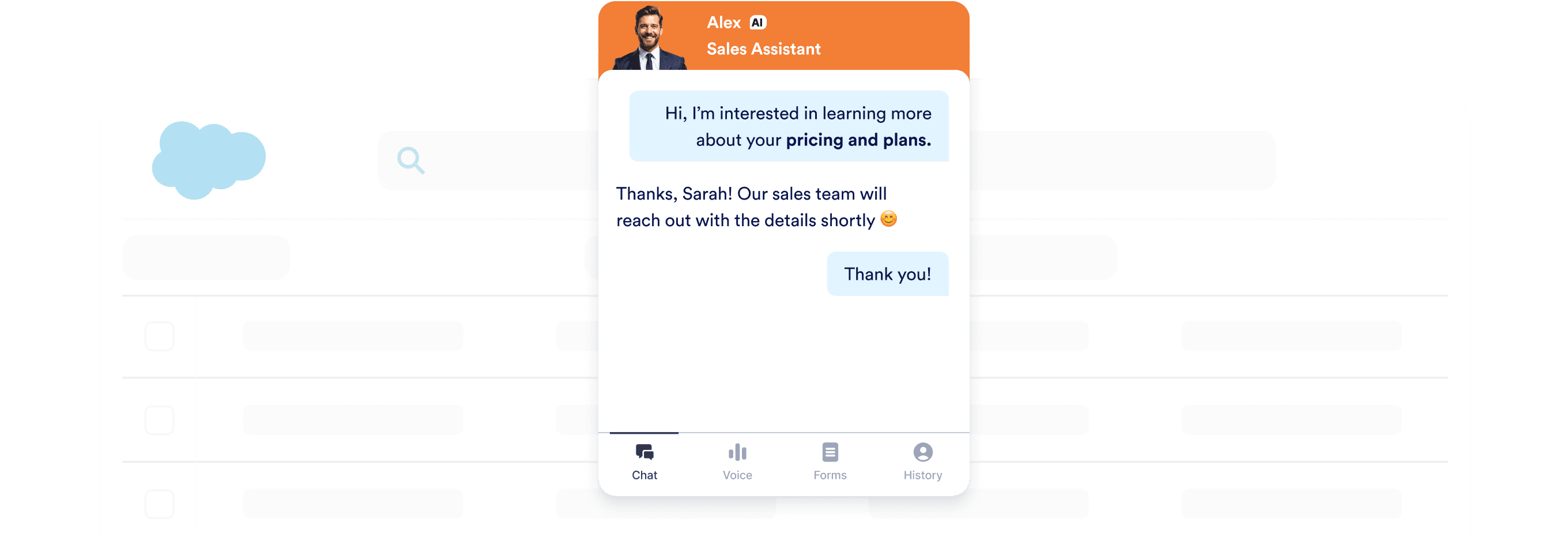
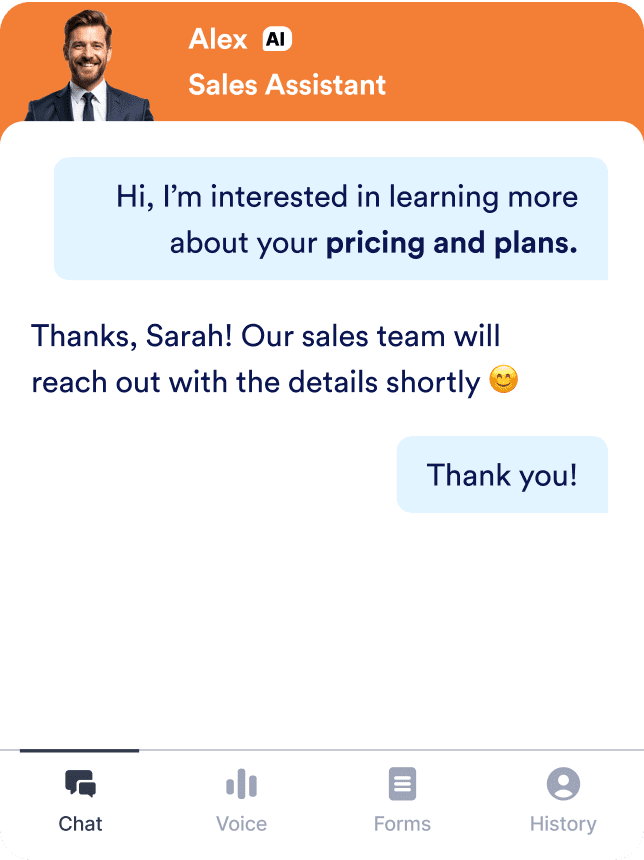
Phone Agent
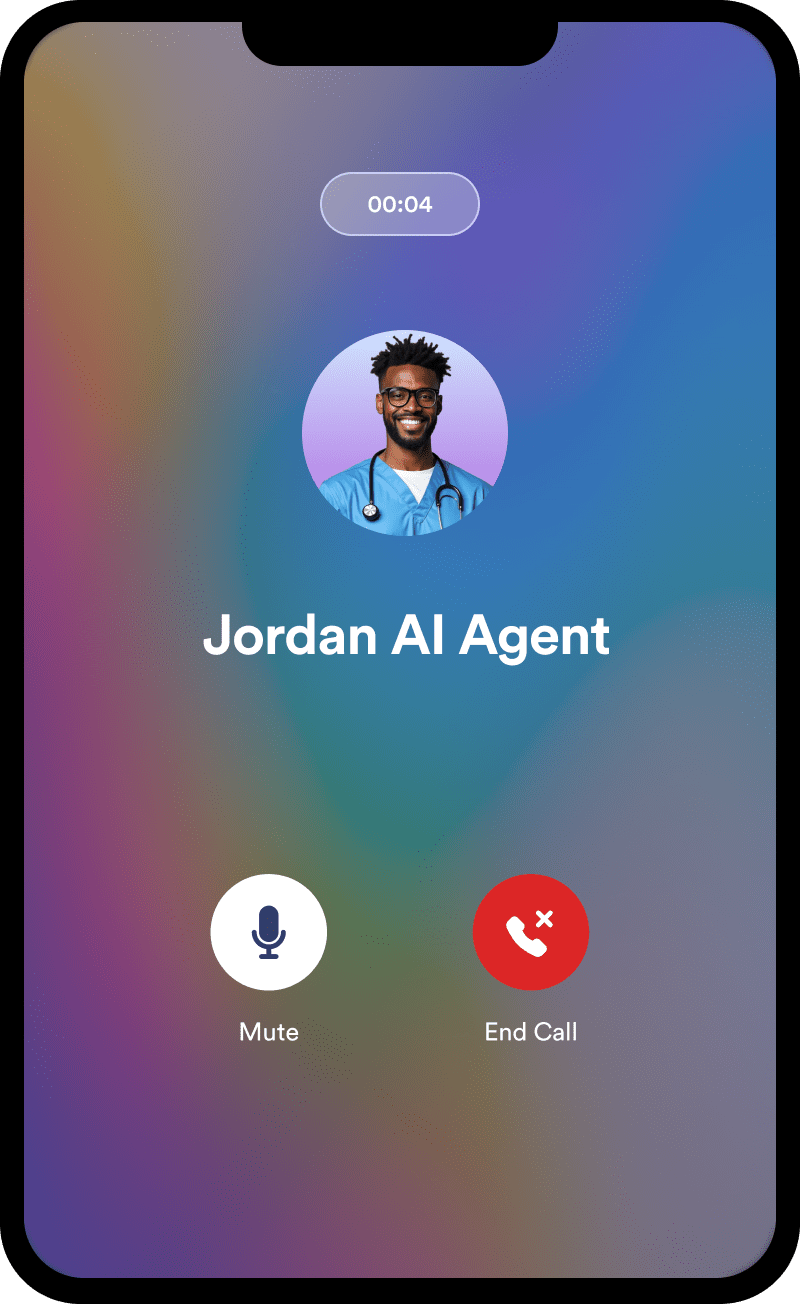
Chatbot Agent
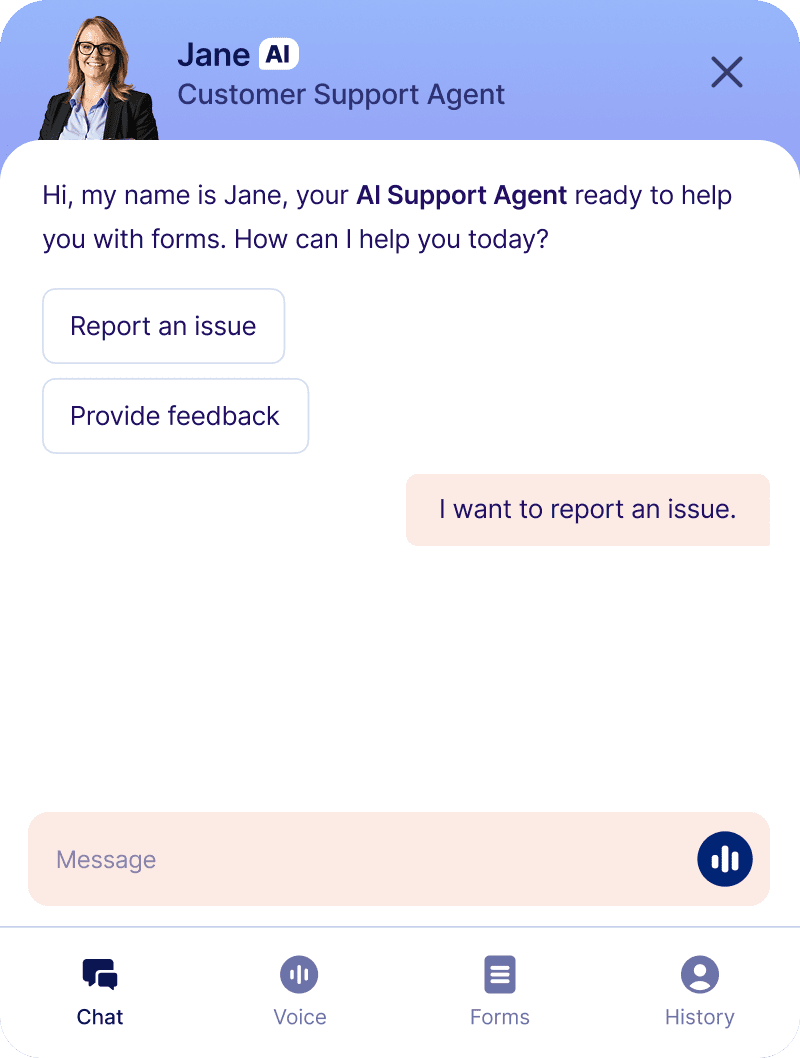
Voice Agent
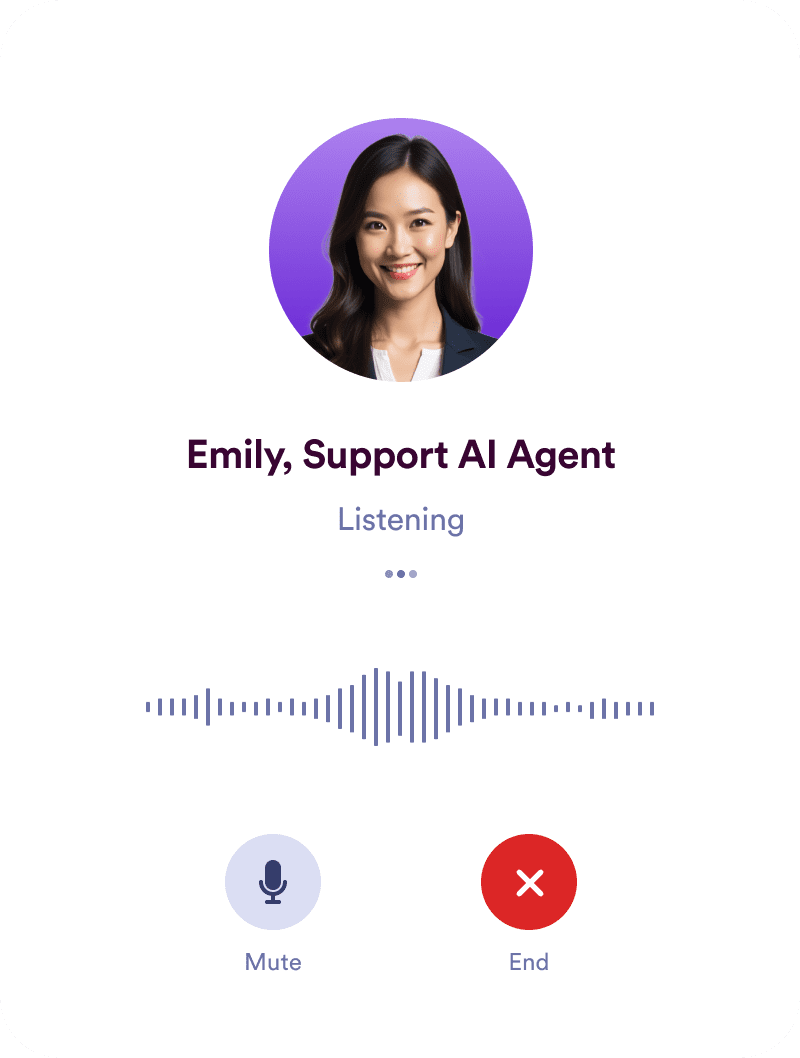
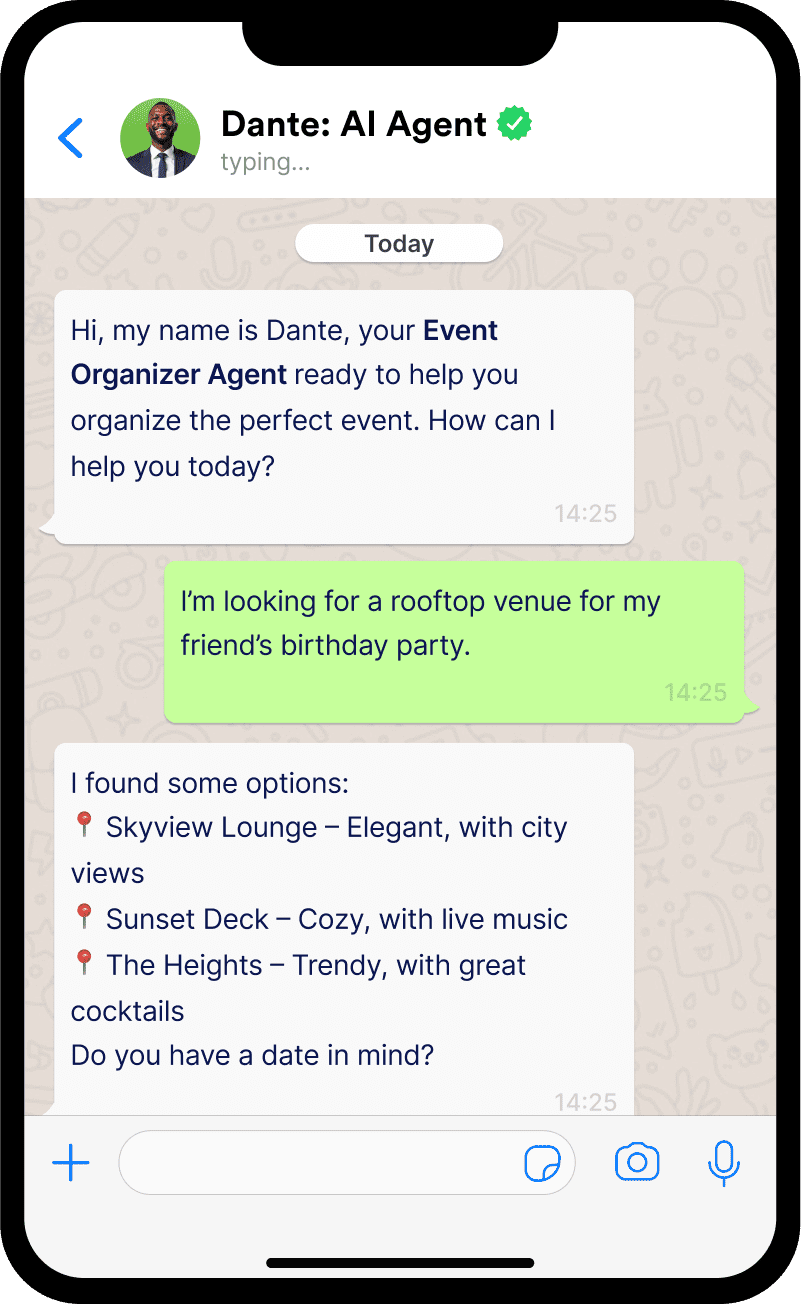
Messenger
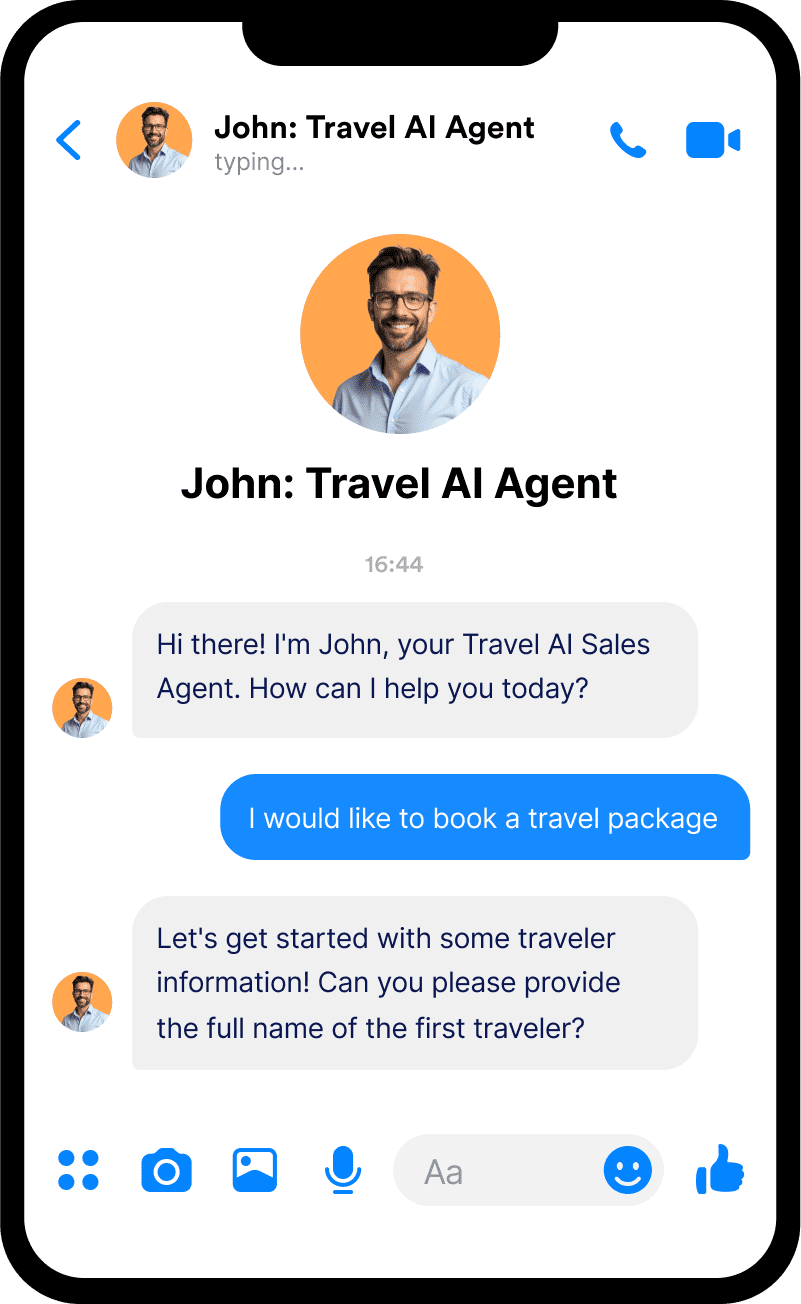
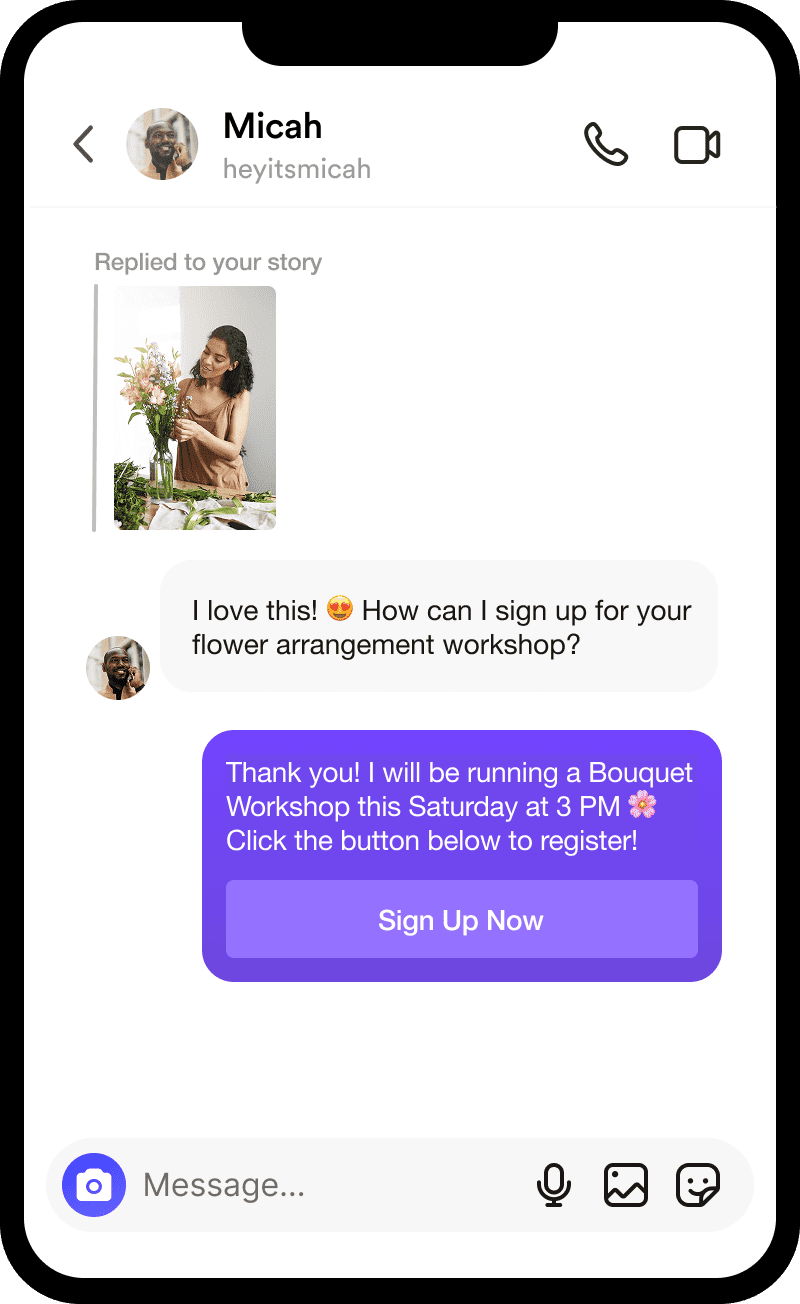
SMS Agent
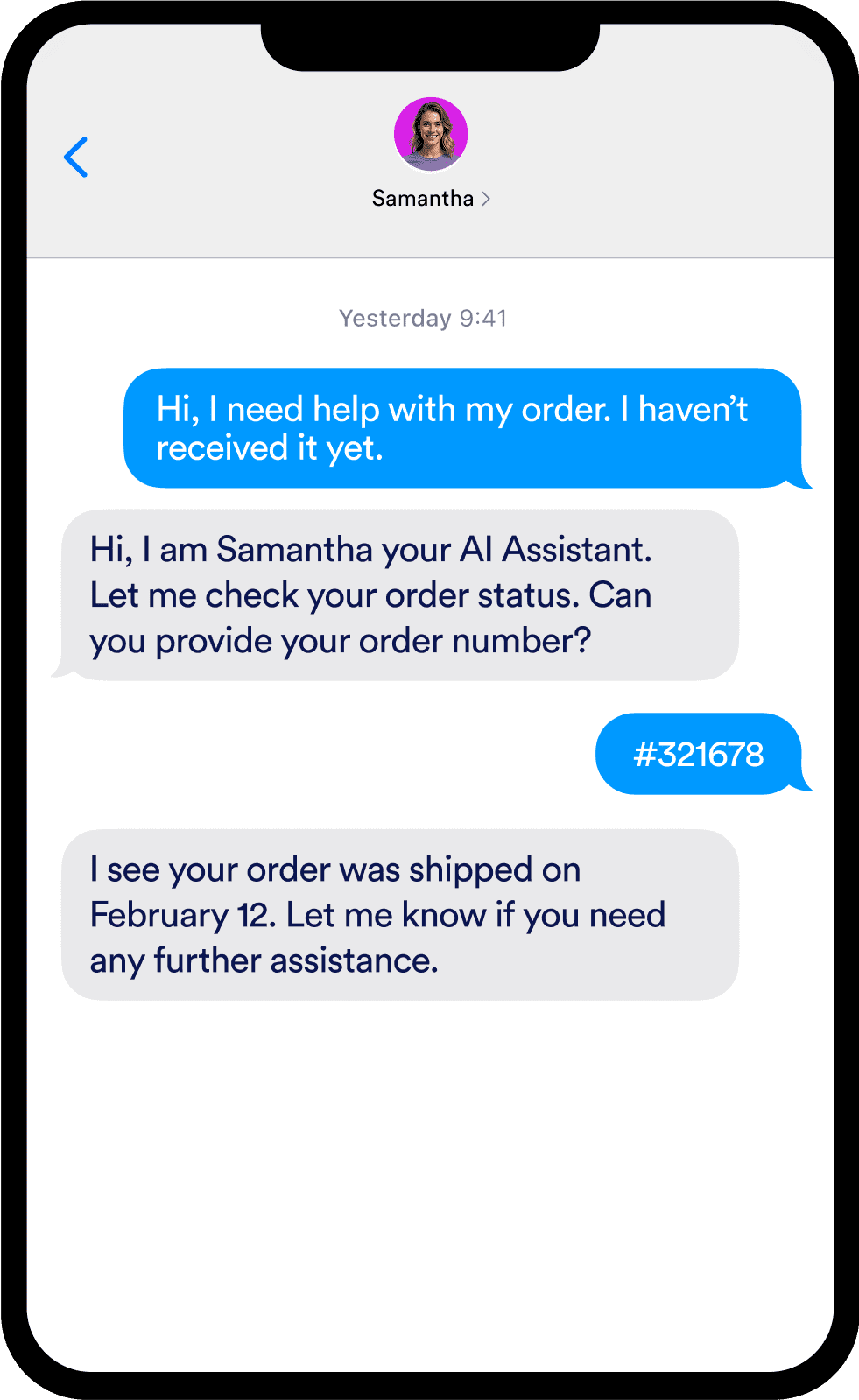
Presentation Agent
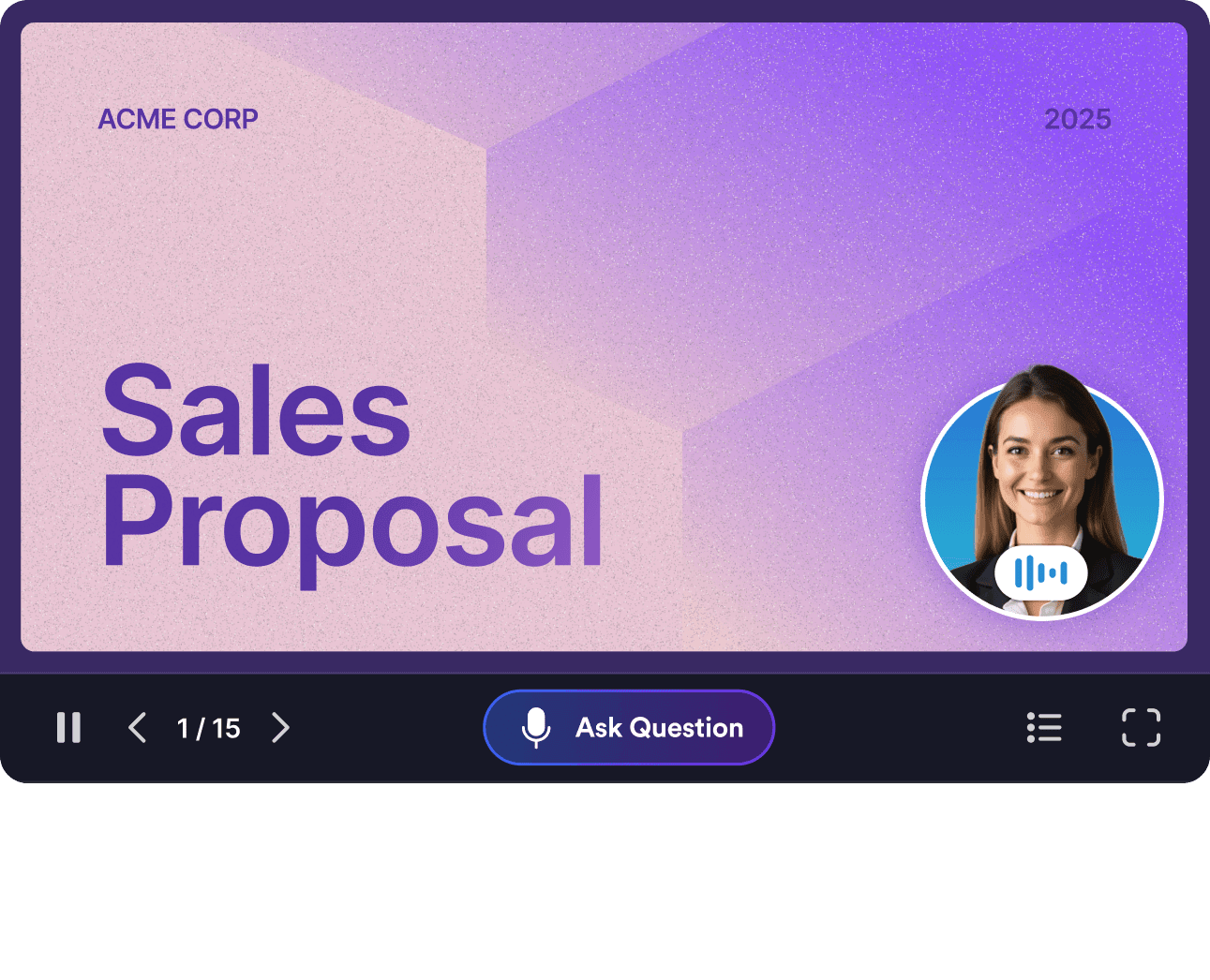
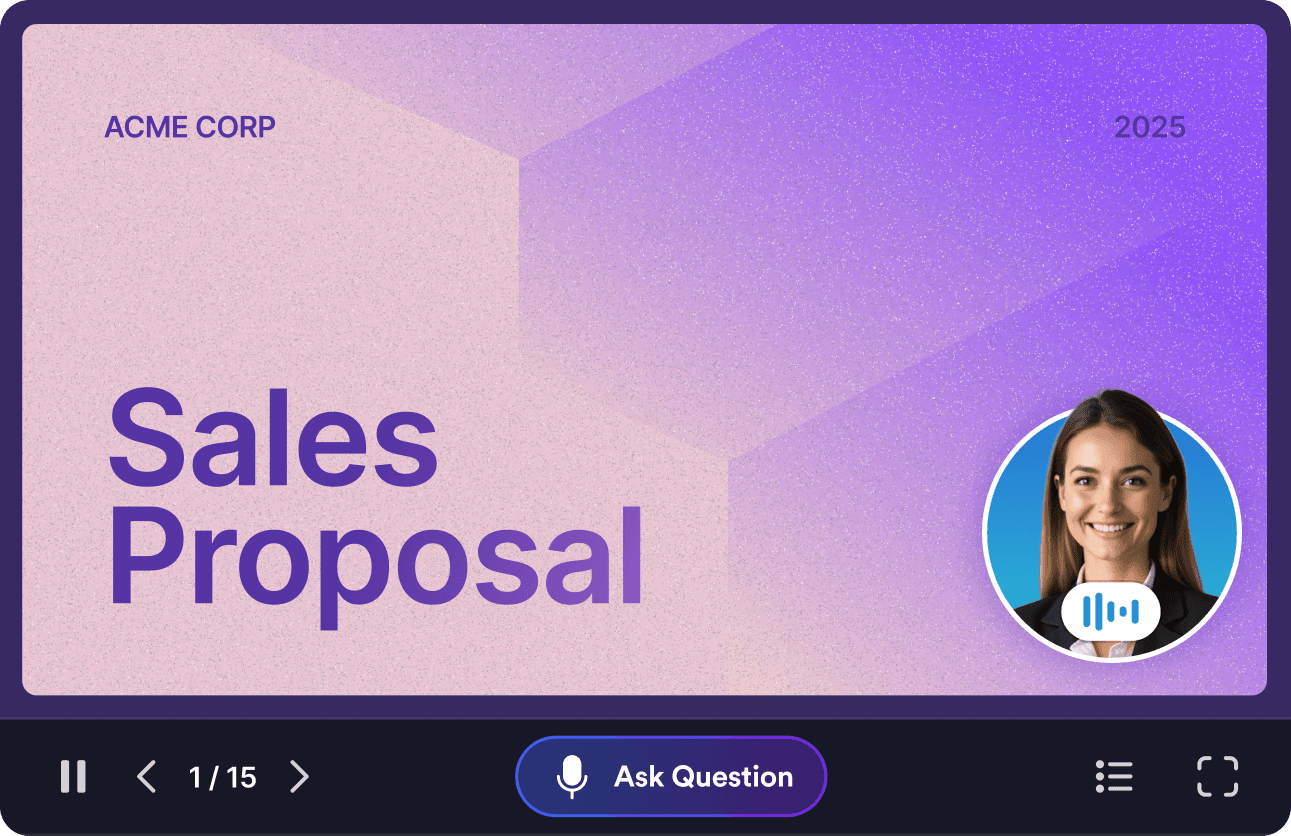
Standalone Agent
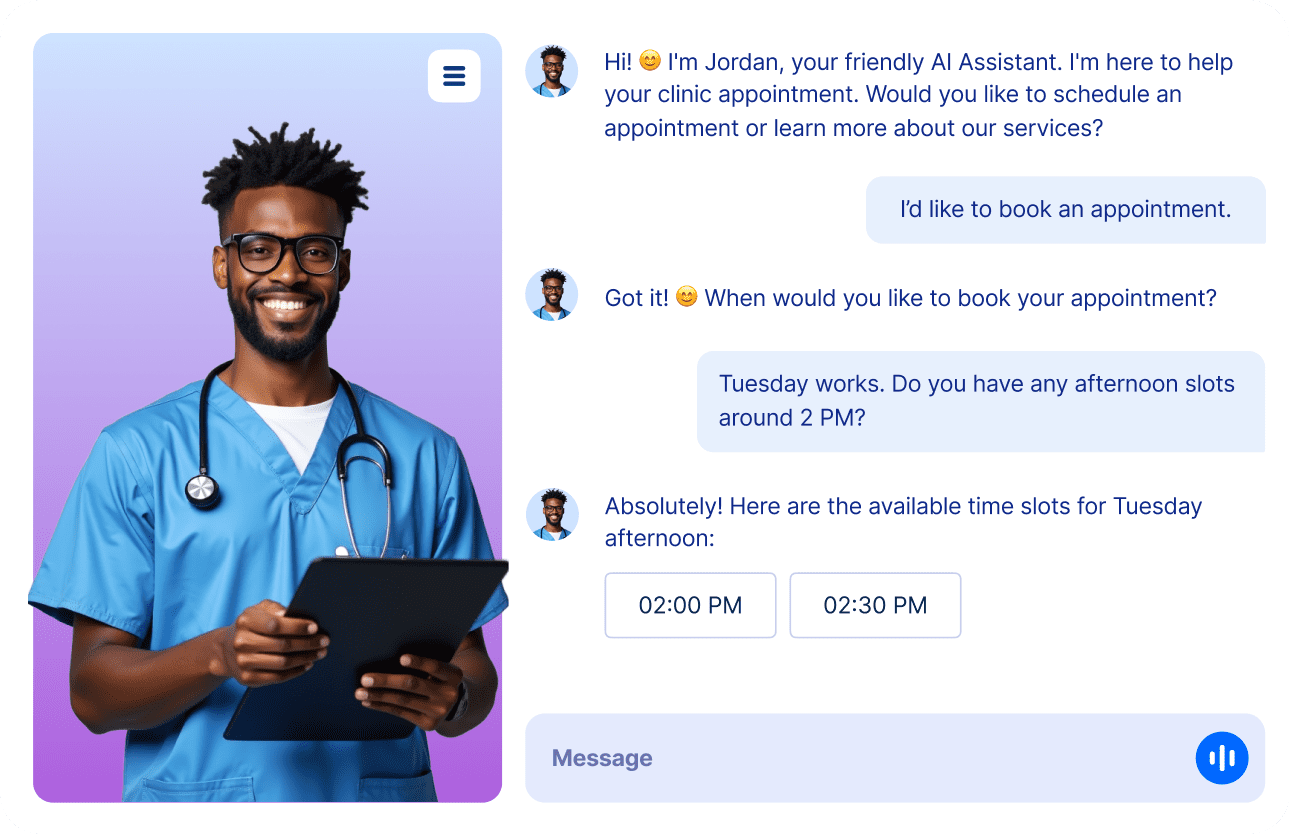
Kiosk Agent
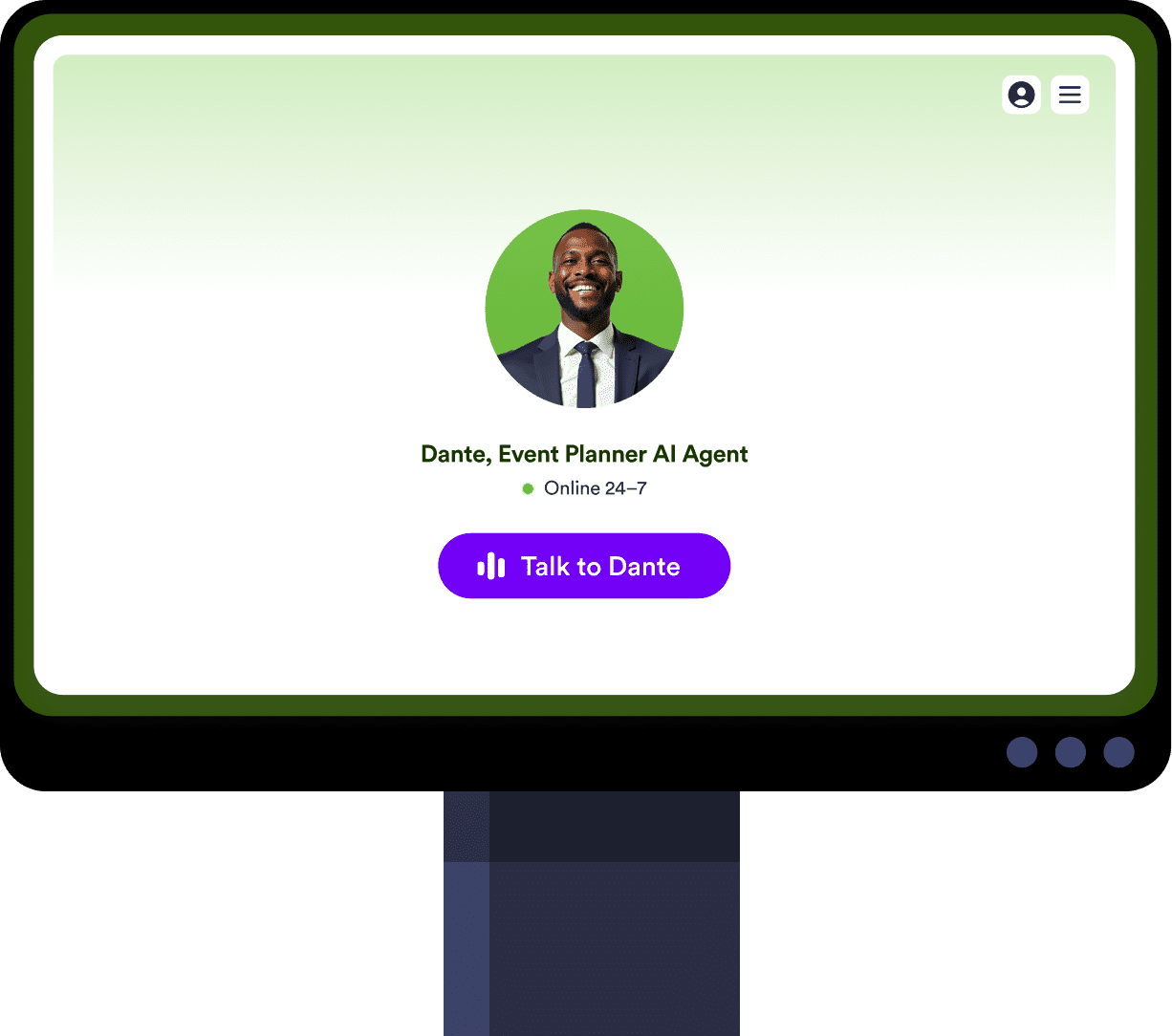
Agent App
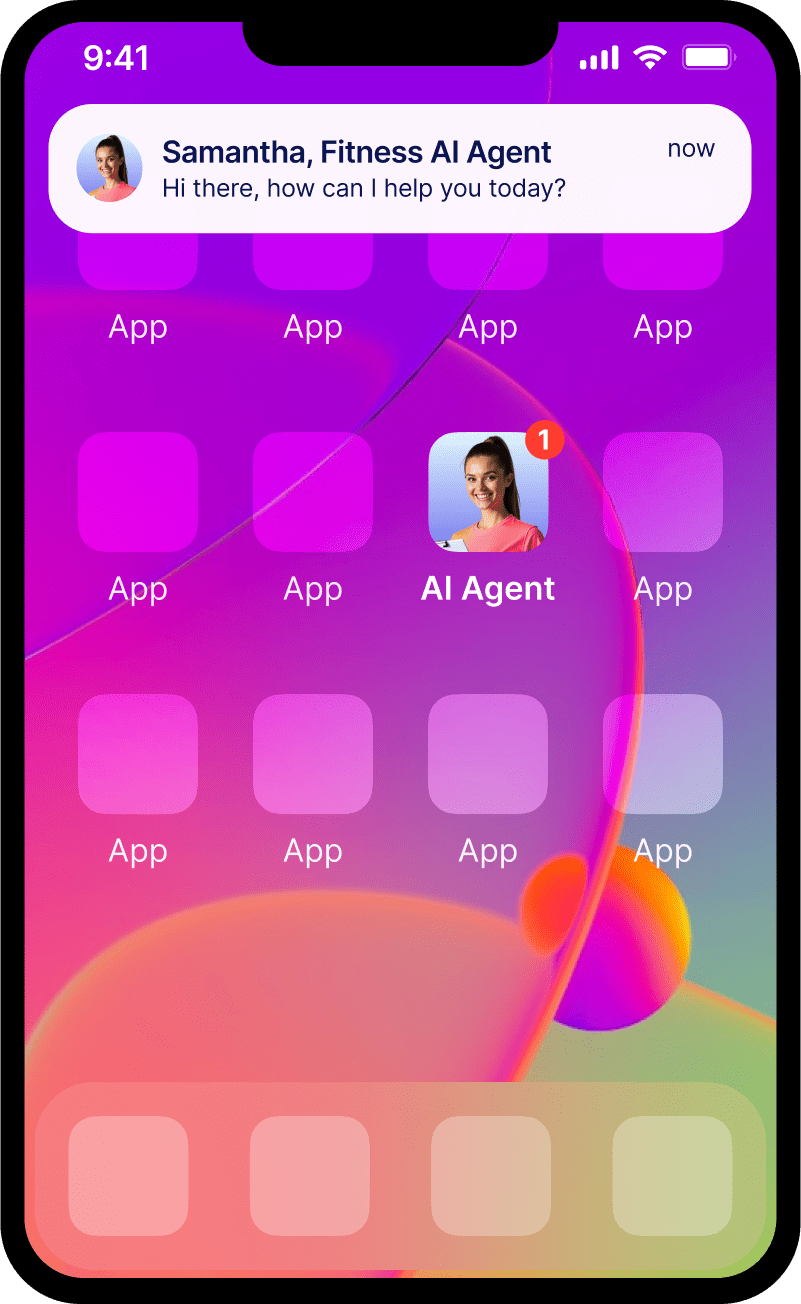
7,000+ AI Agent Templates
Whether you’re hiring staff, collecting feedback from volunteers, or providing customer support, our AI Agents are here to help streamline your processes.
Boost your AI Agents with Powerful Tools
Effortlessly automate tasks — like scheduling, messaging, searching, and more — in just a few clicks.
Create Your AI Agent TodaySet Appointment in Google Calendar
Schedule events and appointments in your Google CalendarTrigger Workflow
Allow your agent to start predefined workflowsShare Video
Allow your agent to play relevant videosShow List of Items
Allow your agent to provide share a list of helpful linksSend API Request
Allow your agent to interact with external APIsSend Message via Slack
Allow your agent to send Slack DMs or messagesFind in Website
Allow your agent to search a website and share relevant contentSend Email
Allow your agent to compose and send emails as needed Drew Burgess
Drew Burgess
The AI Agent has been a game-changer for my business, primarily by saving me an incredible amount of time. It's like having my knowledge cloned and available 24/7, even when I'm busy or unavailable. This has freed me from the need to hire another assistant and allows me to focus on other crucial tasks.

 Jose Cordova
Jose Cordova
The AI Agent of Jotform is a game-changer! It streamlines form creation, automates responses, and enhances user experience effortlessly. A must-have for efficiency and productivity!

 Gil Parrish
Gil Parrish
Jotform AI Agents are spectacular; I'd been researching agents, but had not found the right solution until you announced your latest offering. I found the tool to be intuitive, thoughtfully programmed, and a real joy to use. I'm just starting my journey with AI, but I will continue my long time partnership with Jotform for my company's (and my client's) needs.

 James Calloway
James Calloway
Jotform is a solid form builder — easy to use, packed with templates, and well integrated with popular tools. It's perfect for small businesses that need quick, functional forms. As for AI Agents, they shine in simplicity. Plug them into your forms and add a conversational layer without coding.
FAQ
-
What are Jotform AI Agents?
Jotform AI Agents are powerful automated customer service tools that provide real-time assistance, answer user queries, and guide customers through processes like form-filling and troubleshooting. By offering personalized, conversational AI interactions and 24-7 availability, they enhance customer satisfaction, streamline support workflows, and reduce response times, ensuring a seamless and efficient customer experience.
-
How do AI Agents work with forms?
-
How can I customize an AI Agent for my brand?
-
How do I train my AI Agent?
-
What actions can AI Agents perform?
-
Are AI Agents available in multiple languages?
-
How do AI Agents ensure data accuracy?
-
Can I monitor my AI Agent’s interactions?
-
How secure is the data handled by AI Agents?
-
Which AI service do AI Agents use?
-
What are the security measures of the AI service?
-
Does the AI service store my data?
-
Are AI Agents compliant with GDPR/CCPA?
-
Are AI Agents HIPAA-friendly?
-
Can AI Agents scale as my business grows?
-
Does Jotform use the data collected through AI Agents to improve its services?
-
What are the types of AI Agents?
-
How do I create my own AI Agent?
-
What is the difference between an AI Agent and an AI Assistant?
-
Are AI Agents and AI Chatbots the same?
-
What are the main benefits of AI Agents?
-
What are the main components of Jotform AI Agents?

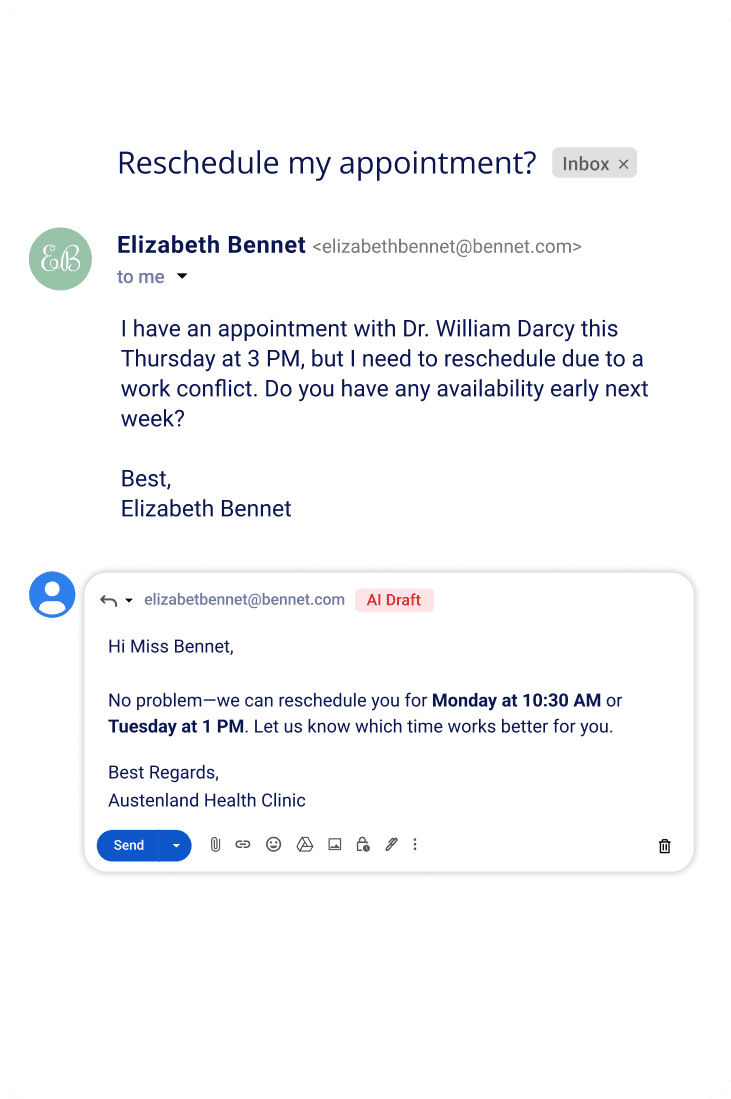
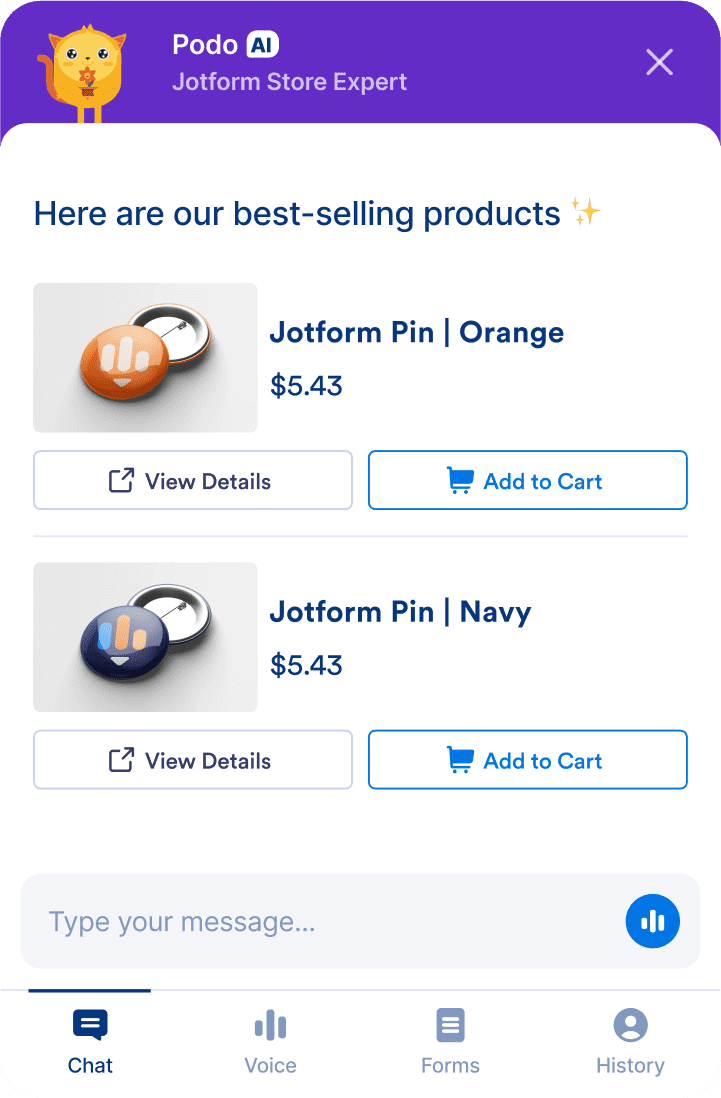

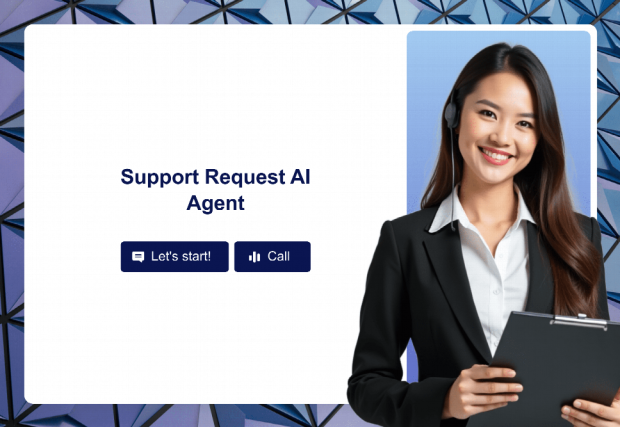
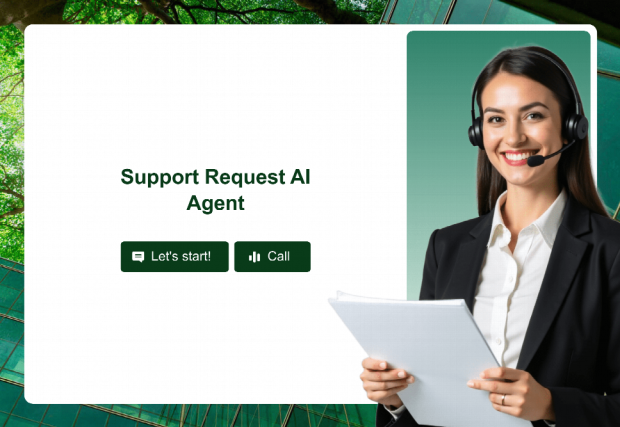
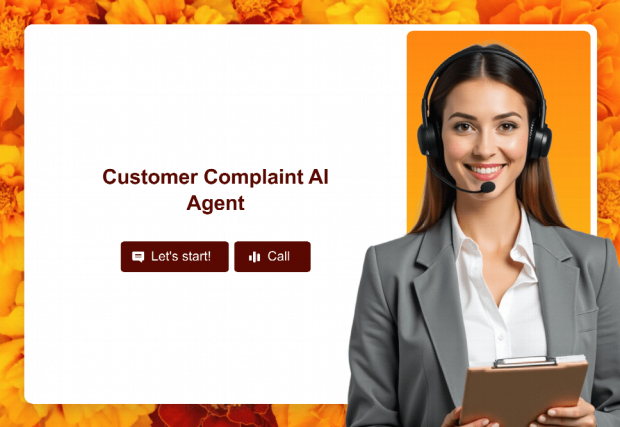
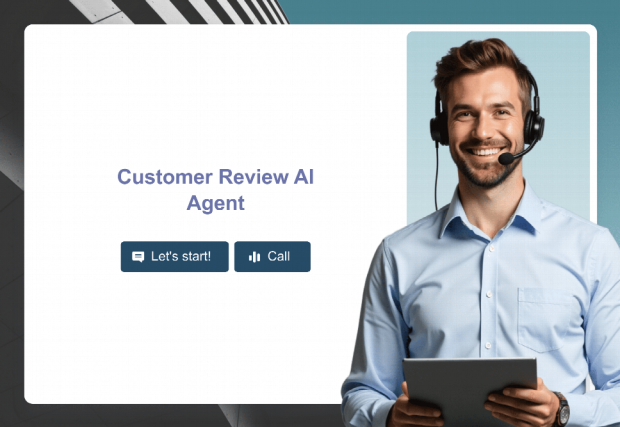
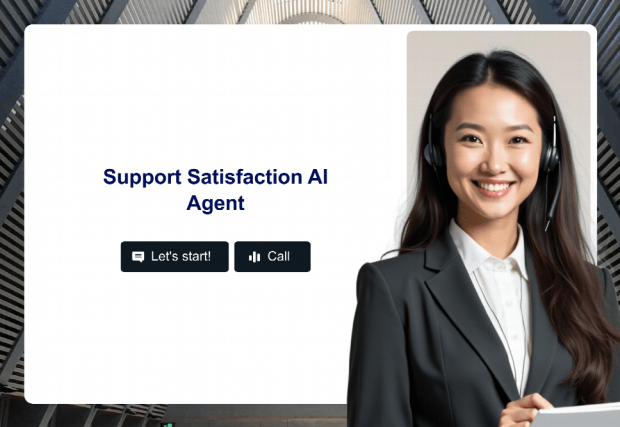
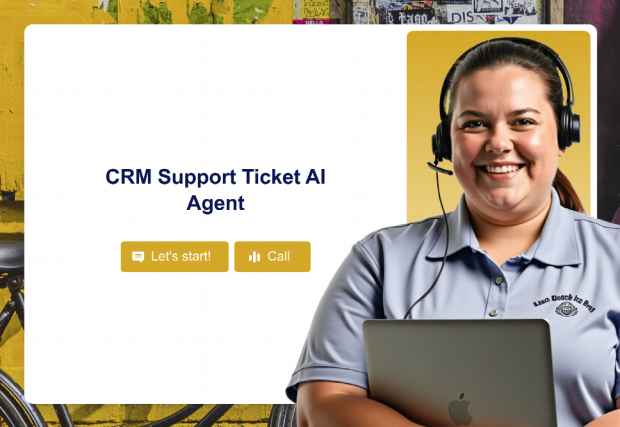
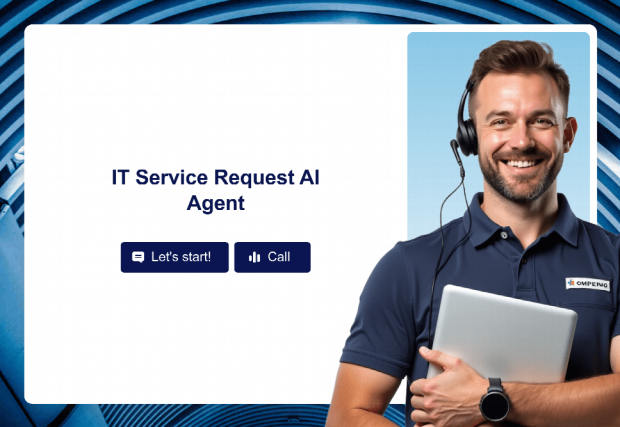
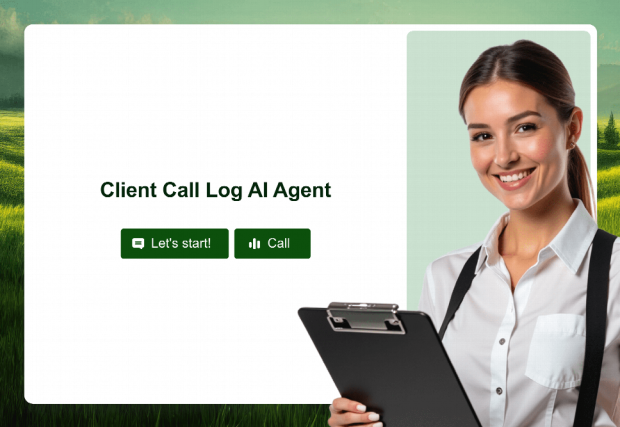
 JOTFORM AI AGENT APP
JOTFORM AI AGENT APP


